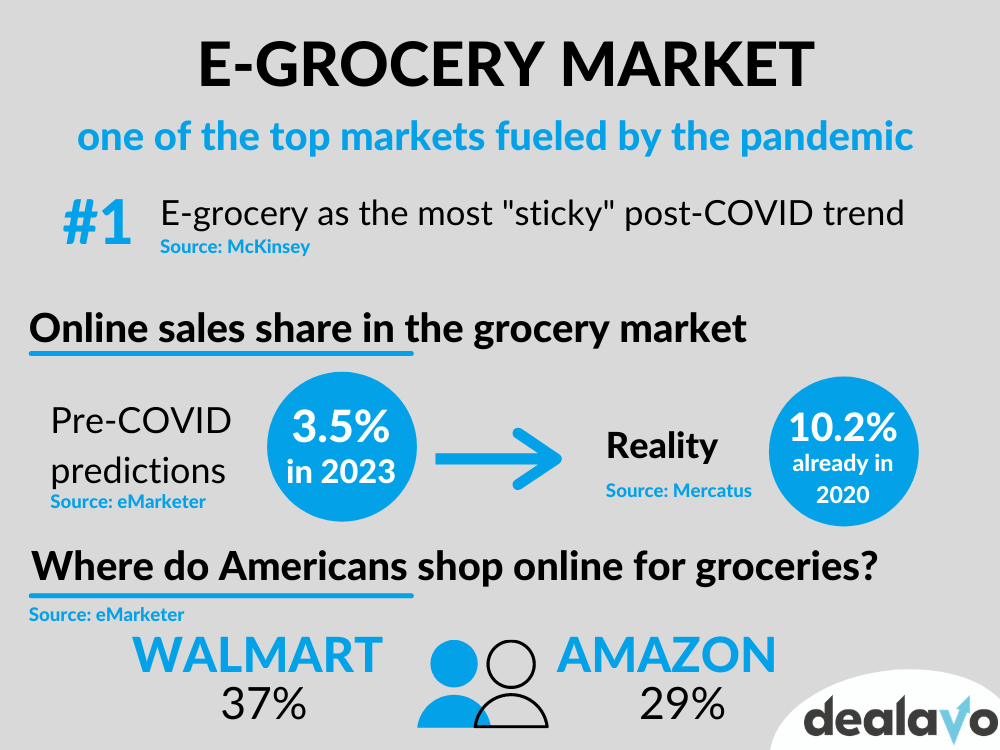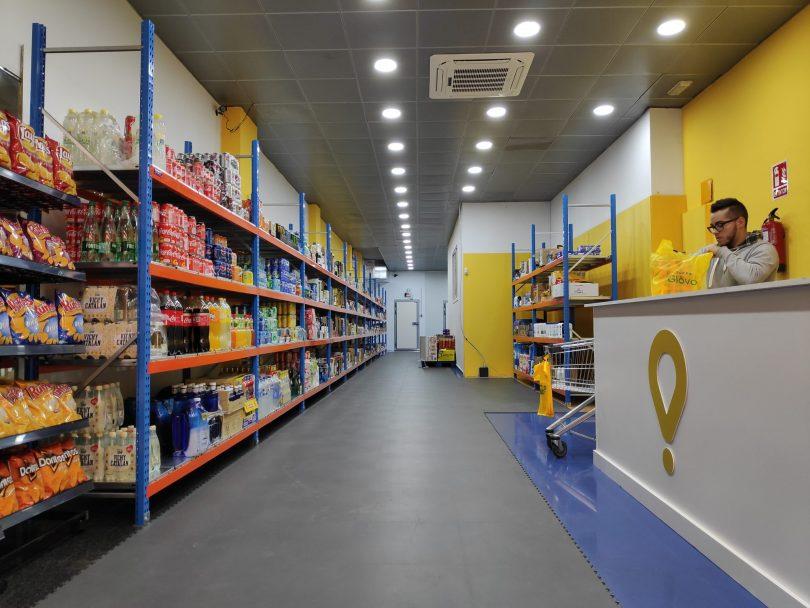What is q-commerce, and what do you need to know about it?
- 09 February 2022
The covid-19 pandemic has triggered many shifts in the global retail market. In the last two years, people discovered and appreciated buying various products from the comfort of their homes – even groceries and medicines. Q-commerce makes the most of this fact. This term stands for quick commerce and is all about fast delivery. Let’s take a closer look at this model and see what it’s all about.
First off, we need to answer the major question – what does “quick” mean? In general, less than an hour but many food delivery companies can deal with one order in less than fifteen minutes. Imagine a typical situation – you’re cooking dinner, and suddenly you discover that you lack some of the essential ingredients. You have two options. You can go out to the nearest grocery store and buy them yourself or order a quick delivery that will bring you the products you need. With the pandemic going around in the last two years, a lot of customers have frequently decided to opt for the latter option.
That’s how the q-commerce delivery model came into existence – from the need for convenience. Today, there are several specialized companies that deliver products (usually food, but also medicines and healthcare products) in less than an hour.
In mid-2021, we published a thorough article on the phenomenon of online grocery shopping. If you are interested in this specific market, that’s your must-read piece!

Now, let’s go back to q-commerce.
The q-commerce delivery model
Several instant delivery companies are operating in the European market. The most popular ones are Bolt, Glovo, Beelivery, Jiffy, and Jokr. They are based on a network of couriers using cars, motor scooters, and bikes. Typically, they operate on a small area within one district (some sources mention a less-than-3km radius). When the order comes, the courier goes to the store or the fulfillment center that they cooperate with, gets the necessary products, and delivers them right to the door.
To make such a delivery more effective, q-commerce companies develop whole networks of fulfillment centers and so-called dark stores. Usually, such facilities store about two thousand of the most popular products to be readily available and delivered quickly. And because there are no customers inside (only warehouse workers), the space can be fully exploited. Sometimes, instant delivery companies even decide to open standard brick-and-mortar stores. That’s just what Glovo did in Barcelona and Madrid:

image source: https://rau.ua/en/newsen/world-news/glovo/
BENEFITS AND CHALLENGES
What are the benefits of this model? Of course, convenience is the very first thing that comes to mind. Secondly, because this model is all about fulfilling customer expectations, especially in stressful situations, it can significantly increase customer loyalty and UX. Secondly, the majority of food delivery companies operate 24/7, so customers are not limited by standard opening hours. It’s 3 am, and you need a painkiller? Just use your app and order it! It will probably be there in less than 20 minutes. That’s the essence of this model – it doesn’t replace typical weekly shopping at a supermarket. It complements it in case of emergency or lack of time.
However, there is always the other side of the coin. Because such a service has to be cheap and AOV (average order value) is usually quite low, q-commerce companies must be flexible and look for money elsewhere. Otherwise, such a model would never be truly profitable. That’s why they frequently decide to partner with other companies, especially when it comes to marketing campaigns, e.g., by distributing flyers, vouchers, and other inserts.
The second challenge that needs addressing is the fact that q-commerce is usually present in large cities only. That’s because fulfillment centers and dark stores are built in large clusters of people – it’s the only way to make them profitable. So yes, this service can be popular in Madrid, London, or Warsaw but only there.
And when we’re discussing the challenges of this model, we cannot stress enough how important in q-commerce are right prices. And that’s where Dealavo’s role begins.
The role of prices in q-commerce
As always, you have to find the perfect balance. If the products you deliver are too cheap, you do not make enough money. If they are too expensive, customers won’t order them and go on foot to the closest grocery store instead. Either way – you lose. Prices should be set in such a way so that they comprise at least your minimum profit. Typically, this profit is divided into the costs of delivered products. The more products there are in one delivery, the easier it is to “disguise” your margin.
If you’re looking for an effective tool that will help you find the perfect price – try our price monitoring tool. It works with all types of products, including grocery, healthcare products, and medicines. With this platform, you can easily calculate the optimal price that will secure your profit and satisfy your customers.